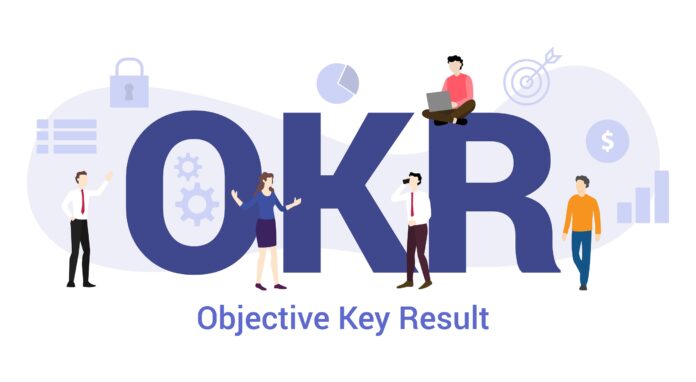Think about all the concepts you’ve learned that you’ve read, that you’ve heard about that you never applied. This is how I view OKRs, or objectives and key results. Hi, I’m Peter Nichol, data science CIO. For the next 30 days, I’m going to bring a two or three-minute idea to everybody in my LinkedIn community.
Today we’re going to talk about OKRs. When I think about that gym membership, that I should be leveraging, or the lesson that I should be using on my food, I know about all these different concepts, I’ve heard them all over again. Similarly, when we think about business, we’ve heard a lot of these concepts very few ideas are net nouveau, though you’ve never ever heard of. One idea is OKRs.
Andy Grove came up with the idea and matured it from Drucker’s management by objectives. He originally thought it would be iMBO in for Intel management by objectives, but later renamed it objectives and key results. The idea between an objective and the key results, which is timely now that we’re approaching the end of the first quarter of the fiscal year, is to make sure you connect leadership to the folks that are doing the work. This is the structure of an OKR.
- I will <objective> be measured by <my key results>.
Typically, it starts from the top and moves down. And the idea is that everything that the team is working on is linked to the strategic objectives and the goals of the organization.
So you’re probably thinking at this point. Yeah, yeah, I’ve heard that before. We already have goals, we’re all set. But are those goals really linked to other goals and linked to other key results? Probably not. Probably some of those goals that have been identified are manufactured and are low-hanging fruit for many of those leaders and executives to hit. They’ve defined their goals to ensure they can meet those objectives. Here are three examples of OKRs.
Objective: Increase delivery throughput in Q2
- Key Results: Deliver 4 sprints across 2 business units for Q2.
- Key Results: Improve average weekly sprint velocity to 20 points quarter-over-quarter.
- Key Results: Automate sprint release CI/DI orchestration to less than 24 hours.
Objective: Actively manage subordinates and staff
- Key Results: Complete 100% of annual appraisals for all active employees.
- Key Results: Provide supervisor approval of employee self-assessments (mid-year and annual) within 24 hours.
- Key Results: Schedule follow-up meetings for all staff that earned less than 3/5 (at or below satisfactory performance).
Objective: Strengthen strategic partner relationships
- Key Results: As measured by 90% satisfaction on the business partner quarterly survey
- Key Results: Reduce active business line operational tickets by 10% year-over-year
- Key Results: As measured by 95% business partner attendance in strategic meetings
I want to offer an alternative approach. What if those goals are more strategic in nature, instead of how many different divisions were launched, or how many lines of code were written, they were goals that only could be accomplished through team events. So instead of lines of code, it was the number of disputes logged, or instead of the number of new products launch, for example, it was the customer satisfaction scores. Those leaders don’t directly influence that but they contribute. These types of ideas help ensure that the company is connected from the top to the bottom, and the strategy connects to execution.
Hi, I’m Peter Nichol data science CIO. Hope you found this useful!
